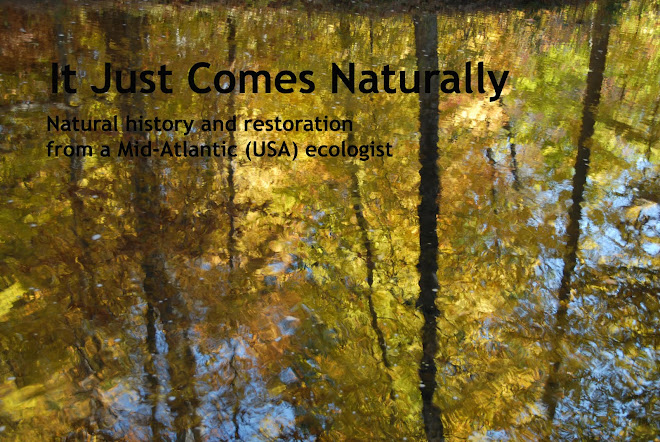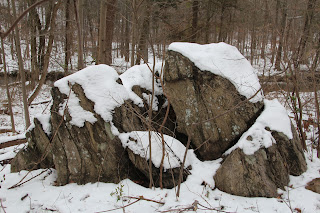 |
| Colleague, friend and Cub Scout Pack leader Dr. Robin E. demonstrating how tuliptree seeds disperse |
 |
| A nest in a spicebush. The Scouts weren't impressed. |
 |
| Trekking through the semi-snowy woods |
 |
| At the base of the largest tuliptree in the woods |
Everyone got something out of our foray.
 |
| Heading back across the grasslands |
 |
| The well behind my residence. I'm sure it's the house's original well, but the stonework's been replaced. |
 |
| Our version of The Spiral Jetty (the original sculpture is in the Great Salt Lake) |



























